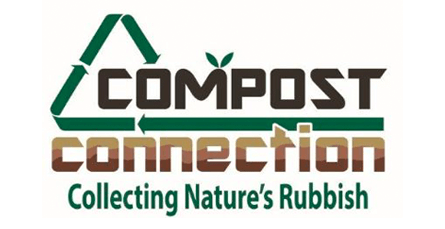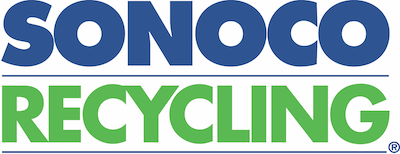
See what's happening in the world of "Food Too Good to Waste"!
want to go?
The Big Picture
School
Restaurant
Home and Garden
Farm
Missouri Organic Recycling
Industrial Food Processing
Grocery Store
Making Power
Hello students and teachers!
Welcome to the Food Too Good to Waste education resource page. There is so much to learn here that we’ve broken it down in several ways for you.
Key Search Terms for Research
Food scrap diversion
Food Recovery Hierarchy
Donating edible food
Feeding animals with human food scraps
Turning waste food into energy
Making compost with food scraps
Commercial composting food waste
Composting industrial wastes
Food Waste in the Landfill
EPA Implementation Guide & Toolkit
“Food Too Good to Waste” (FTGTW) is also the name of a toolkit that the EPA developed to help tackle the problem of reducing food waste. Their implementation guide is intended for community organizations and local governments or any organization interested in reducing wasted food from households.
Learn More:
CEC Food Matters Action Kit ➚
EPA FTGTW Implementation Guide and Toolkit ➚
The Food Waste Pyramid
Feeding people is always the top priority. Unfortunately, large amounts of good food never make it to the table. Feeding animals is the next best thing to do with our food. Making compost is something that can be done with little effort in the back yard, in community gardens and on small farms. It takes very little equipment and can be used near where it is made. Making power takes big machines and millions of dollars to get started. It is unavailable to many smaller cities and towns. Landfilling is the last resort. We know that we are creating a long-term pollution problem from the food that is being buried in our landfills now and in the past.
Learn More:
The EPA Food Recovery Hierarchy ➚
EPA Food Waste Pyramid ➚
The Institute for Local Self Reliance also has a Food Waste Hierarchy which emphasizes composting and building communities. While industrial uses can be important, there are many ways to use food scraps locally without a big investment. Building an anaerobic digester to produce natural gas is a very expensive step. Using that gas to generate electricity requires another set of expensive equipment. In short, there are many better options for rural homes, and residents of small to medium-sized towns than building an anaerobic digester.
Click image to enlarge. | SOURCE: ilsr.org/food-waste-hierarchy
Learn More:
Institute for Local Self Reliance website ➚
ILSR.org/composting ➚
Roadmap for Food Waste Recovery ➚
Classroom Activities and Curricula
Missouri Organic’s Food Too Good to Waste Science Unit ➚
Designed for grades 4-12
Very valuable resource - highly rated!
Great resource from World Wildlife Fund for 4th grade and up.
17 Resources for Teaching About Food Waste - A Complete Resource ➚
Facts, videos, articles and reports, websites and blogs, activities.
ReFed is a comprehensive source of information on all aspects of our food system problems and opportunities.
Tools for Preventing and Diverting Wasted Food ➚
Broad EPA resource with lots on tables and charts.
Truly great resource!
Guide to Grocery Shopping on a Budget + DIY Food Waste Log ➚
Excellent resource for printable charts.
Videos
The Compost Story
Great basic video on Compost with lots of food scrap reference! Find out what would happen if we diverted the 60 billion pounds of mineral-rich food materials that go to landfills each year in the U.S. alone and turned them into compost.
Indiana Recycling Coalition
Good video os a complete food system for a big city.
Life of a Strawberry
Great video story of all it takes to deliver our food! Created by the Ad Council and the Natural Resources Defense Council, "Save The Food" is a major national public service campaign designed to combat food waste from its largest source - consumers, who collectively waste more food than grocery stores, restaurants or farms. The initiative hopes to encourage consumers to reduce the amount of food they trash in their homes, thereby saving the water, energy and money that are lost along with it.
How We Do It
This video shows how Missouri Organic recycles yard waste and brush into mulches, rich compost and soil blends. See how waste streams like green waste and food waste are made into compost and mulch.












